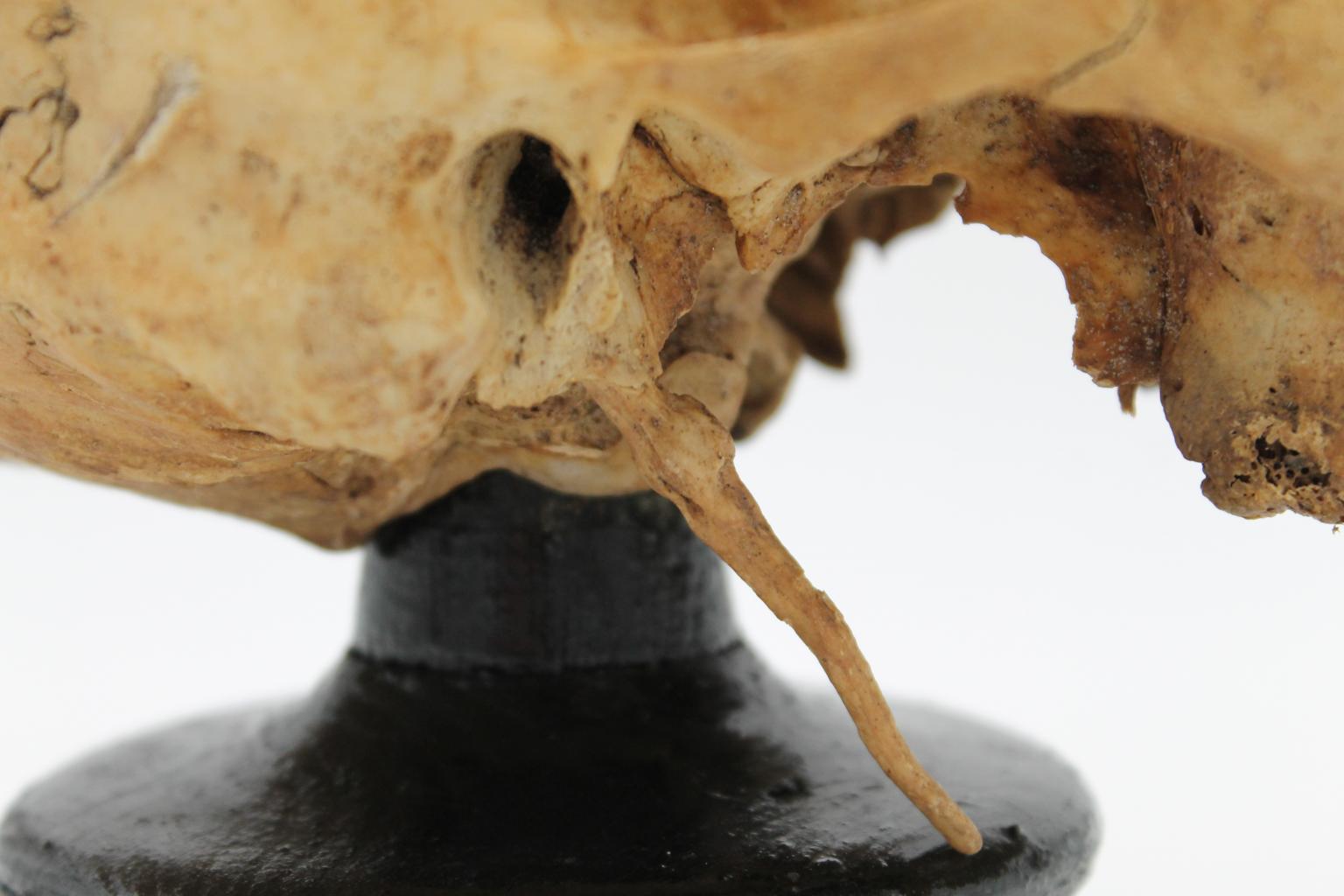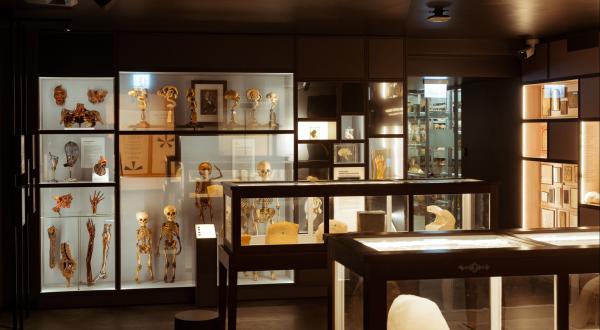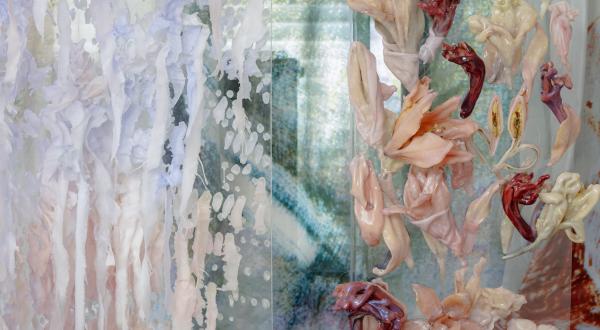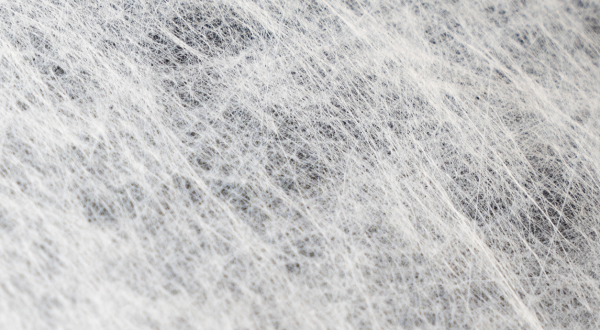Brain - The thinking organ
We are almost certain that all thought processes take place in the human brain. Legend has it that in the Anatomy Museum the brain of the philosopher Kallistrat Zhakov is located, who was embalmed here in 1926. Eyewitnesses claim that the brain was large.
Placenta - The organ on request
The human body contains an organ that is formed only in specific cases and has an expiry date, at the end of which it is destroyed.
Kidney - The travelling organ
Kidneys are famous for filtering bloods and making urine, but adrenal glands are famous for the fact hardly anyone has ever heard of them. We do however have heard about the hormones they secrete.
Appendix - The vermiform organ
"If you eat grapes with seeds you might develop appendicitis!" or so called cecitis which actually is not cecitis at all, but inflammation of the vermiform appendix of the cecum, and the seeds are probably not to blame at all.
Skeleton making
In the 1930s, real human skeletons were also available for purchase at the museum. Assembling a skeleton was a time-consuming and laborious process during which a dentist's drill was used to make small holes at the ends of the bones so that they could be held together with wires. In total, 39 human skeletons were created for sale at the time.
Corrosion casts
The delicate lichen-like exhibits in the museum are corrosion casts. This is the most fragile collection in the museum and requires special care. The casts were made by injecting a liquid but fast-hardening substance into organ cavities or blood vessels. The museum collection contains around 200 corrosion casts, skilfully prepared by the preparator Jāzeps Poļikēvičs
Tattooed skins
Tattooed skin specimen collection is an unusual museum collection reflecting the tradition of tattooing in Latvia at the beginning of the 20th century. Prisoners are among those who often tattooed their bodies that time. The museum's collection includes a tattoo that once decorated the skin of a prisoner who had been executed for a crime.
Wet specimens
Wet specimens are human organs and body parts preserved in a special solution to stop their natural process of decomposition. Historically, both alcohol and formalin were used as preserving solutions, but currently glycerol-based preservative has been applied. Organs and body parts can be preserved for as long as hundreds of years in sealed glass containers.
Unusual feature of a student's skull
In the recent past, a few decades ago, every medical student had ‘their own’ skull. Not everyone had access to artificial models or even well-illustrated anatomy books, let alone the Internet or digital technologies so common today. Therefore, a real skull acquired for private use was an integral part of every medical student’s learning process.

The skeleton Lukstiņš
The first exhibit that you see entering the Anatomy museum is a skeleton of 27-year old male.The skeleton is the first voluntary donation of a human body to the Anatomy Museum and one of the rare specimens that has information about its donor. The skeleton is in the Museum from 1925 and serves as a reminder that every exhibit of the Anatomy Museum is not only scientific heritage, but once was part of a living human body.
Art in Anatomy
Museum galleries reveal the interplay between anatomists, artists and museum specialists. Between the specimen jars and human bones, the anatomical drawings of both medical and art students are displayed. Historical artefacts interact with modern anatomical 3D illustration and multimedial solutions created by contemporary artists. How this cooperation between anatomists and artists started?
How many bones are there in the human skull?
Anatomy books state that the skull consists of 22 separate bones that grow together only after birth and ossify completely during life. However, sometimes small, irregular, intrasutural bones occur near the sutures. They are not part of normal cranial anatomy, but are individual variations, still quite common.
Ice anatomy
'Ice anatomy’ is a figurative description of the technique once used for preparing specimens by freezing the body or its parts to subsequently make cuts that enabled better understanding of the organ layout in relation to one another. The most famous ice anatomist was 19th century Russian surgeon Nikolay Pirogov. A legend tells us that he was inspired to develop this method when watching the cuttings of frozen pork at a marketplace in a cold winter day.









